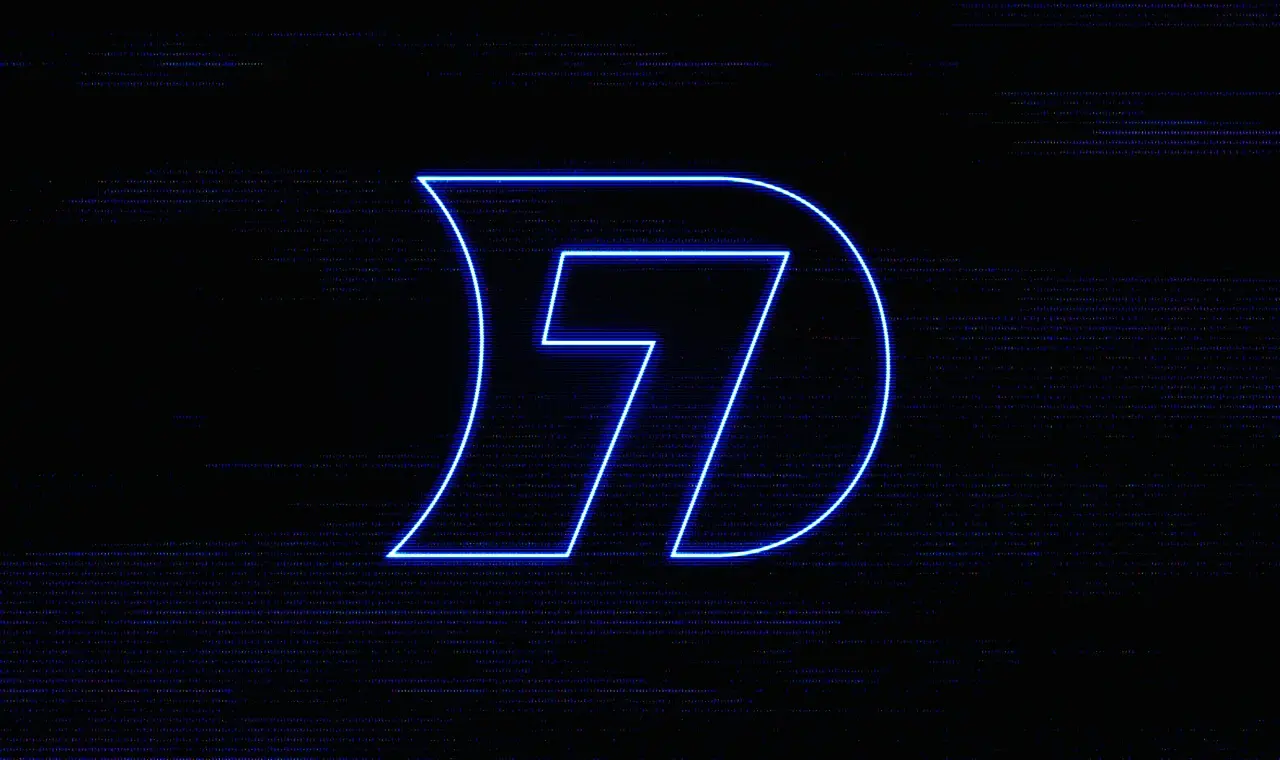Posts tagged Exploits

Products and Tools
Apache Struts Vulnerability (CVE-2017-5638) Protection: Scanning with Nexpose

Exposure Management
Take an Earlier Flight Home with the New Metasploit Pro

Vulnerabilities and Exploits
Patching CVE-2017-7494 in Samba: It's the Circle of Life

Vulnerabilities and Exploits
NIST 800-53 Control Mappings in SQL Query Export

Vulnerabilities and Exploits
Cisco Enable / Privileged Exec Support

Detection and Response
R7-2016-10: Multiple OSRAM SYLVANIA Osram Lightify Vulnerabilities (CVE-2016-5051 through 5059)

Vulnerabilities and Exploits
Metasploit Weekly Wrap-Up 7/19/2024

Vulnerabilities and Exploits
Nexpose Dimensional Data Warehouse and Reporting Data Model: What's the Difference?

Vulnerabilities and Exploits